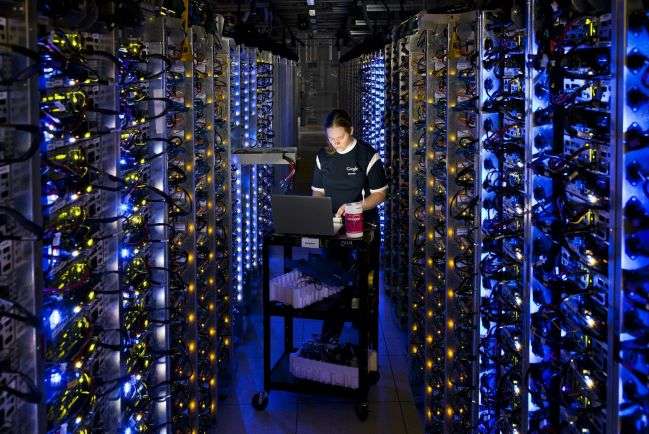February 3, 2016 weblog
Google: Test drivers, engineers learn from simulation miles in millions

Self-driving cars are by 2016 a "when" and not "if." All eyes are on the monthly how-are we-doing reports thanks to the Google Self-Driving Car Project tell-alls and the report for January is in. (All metrics are as of January 31.)
There are 22 Lexus RX450h SUVs currently self-driving on public streets; 15 are in Mountain View and seven are in Austin. There are 33 prototypes self-driving on public streets; 26 in Mountain View and seven in Austin.
But never mind that. The interesting part of the report is Google's mention of its other means of testing—via a driving simulator which Google developed to make sure they really are finding out what they need to know. They drive more than 3 million miles in simulation every day.
Jordan Golson, transportation reporter for The Verge, did not find that number crazily high. "Americans drove some 2.7 trillion miles in the year 2000 alone and Google needs all the data it can get to teach its cars how to drive safely."
This simulator environment is quite important. "Before we roll out any change to our fleet of cars, we first test it extensively in this virtual environment." Google can call on millions of miles already driven and drive the miles again with the updated software.
For example, making left turns at an intersection more comfortable for passengers: They modified their software to adjust the angle at which their cars would travel. "To test this change, we then rerun our entire driving history of 2+ million miles with the new turning pattern to ensure that it doesn't just make our car better at left turns, but that the change creates a better driving experience overall."
A scenario like a three-car merge can be tested too. In that instance, the team creates variations in the thousands. Thousands? In testing, each car would be travelling at different speeds, and nudging to merge at different times. The test focuses on whether their car drives as intended each time.
Test drivers and engineers learn from the simulations. "Each time a test driver takes over from the self-driving car, we're able to play back the exact situation and predict via simulation what could have happened if the car had been left to drive itself. If the simulator shows better driving is called for, our engineers can make refinements to the software, and run those changes in simulation in order to test the fixes."
For computing power, the project team is able to call on Google's data centers for help.
Also in the January report, Google summarized miles-driven data since they started the project in 2009.
Since 2009, in autonomous mode (the software is the driver) the number stands at 1,419,672 miles. In manual mode (the test driver is driving): 988,925 miles. The report added that they are currently averaging 10,000 to 15,000 autonomous miles per week on public streets.
Last but not least, no news is the best of all in this category: Traffic Accidents Reported to CA DMV. The report said none for January.
More information: Google Self-Driving Car Project: Monthly Report: static.googleusercontent.com/m … orts/report-0116.pdf
© 2016 Tech Xplore




















